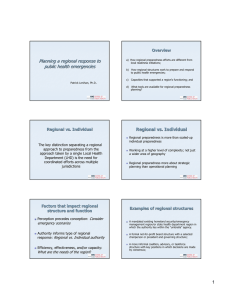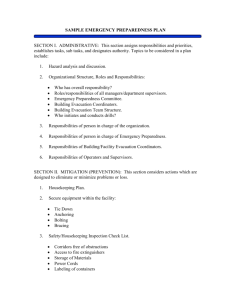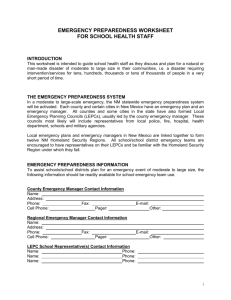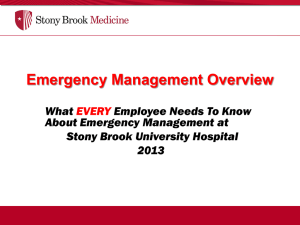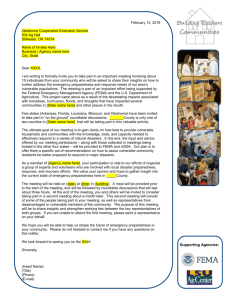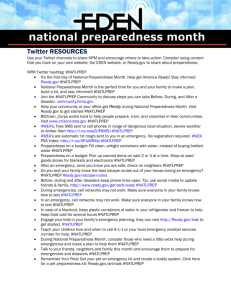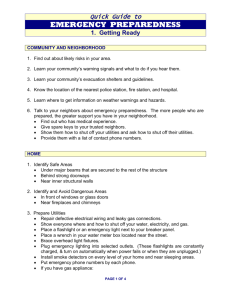Psychology of Learning EXP4404
advertisement
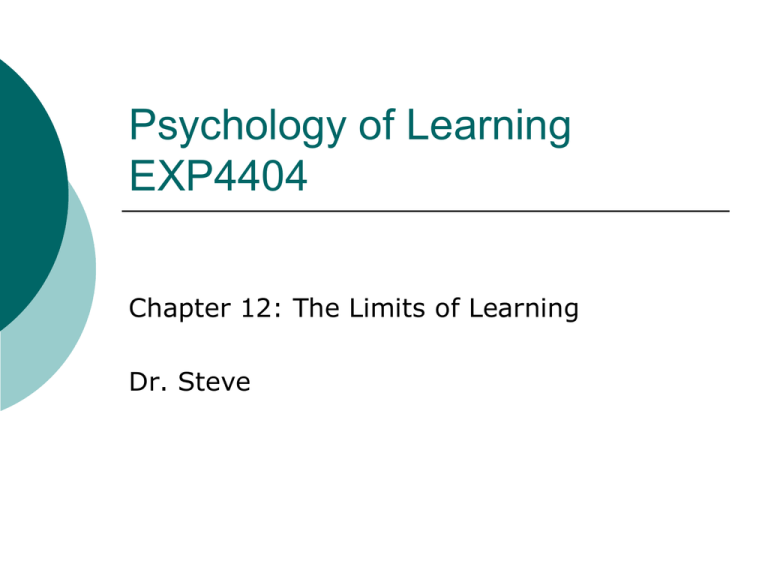
Psychology of Learning EXP4404 Chapter 12: The Limits of Learning Dr. Steve Topics Covered Physical Characteristics Nonheritability of Learned Behavior Heredity and Learning Ability Neurological Damage and Learning Critical Periods Preparedness and Learning Limits of Learning Is behavior instinctual or learned through experience? Some suggest that “lower” animals act mostly by instinct, but “higher” animals act mostly through learning Some animals have more limitations as to what they can learn than do others due to biological/physical constraints Limits of Learning Interchangeable Parts Assumption (IPA) – Limits of Learning Physical Characteristics Chimpanzees and Gorillas cannot learn to talk, but can learn to use sign language (see Washoe or Koko) Nonheritability of Learned Behaviors Lamarck McDougall Heredity and Learning Ability Learned behaviors cannot be passed down to next generation, but ability to learn can (see Idiocracy) Tryon (1940) Wolf vs Dog pups Neurological Damage and Learning Critical Periods Critical Periods Imprinting Critical Periods Imprinting distinct from learning in that: Imprinting has . . . Only certain kinds of stimuli No practice required Extinction & punishment are . . . Preparedness and Learning Seligman (1970) Instinctive drift Sets limits on learning Revert back to innate tendencies Preparedness and Learning Behaviors may be easy or difficult to learn depending on . . . Highly Prepared SSDRs ContraPrepared Neutral Taste Aversions Bar Pressing Raccoon Trick Dog Not Wagging Tail Preparedness and Learning Olton Rats perform well, pigeons do not Preparedness and Learning Garcia Effect Garcia tested Principles of taste aversion Saccharine + lights + Noise (CS) X-radiation or Shock (US) Predisposition to associate taste (rather than external cues) with sickness Preparedness and Learning Why are some responses more easily associated with some stimuli than others?



